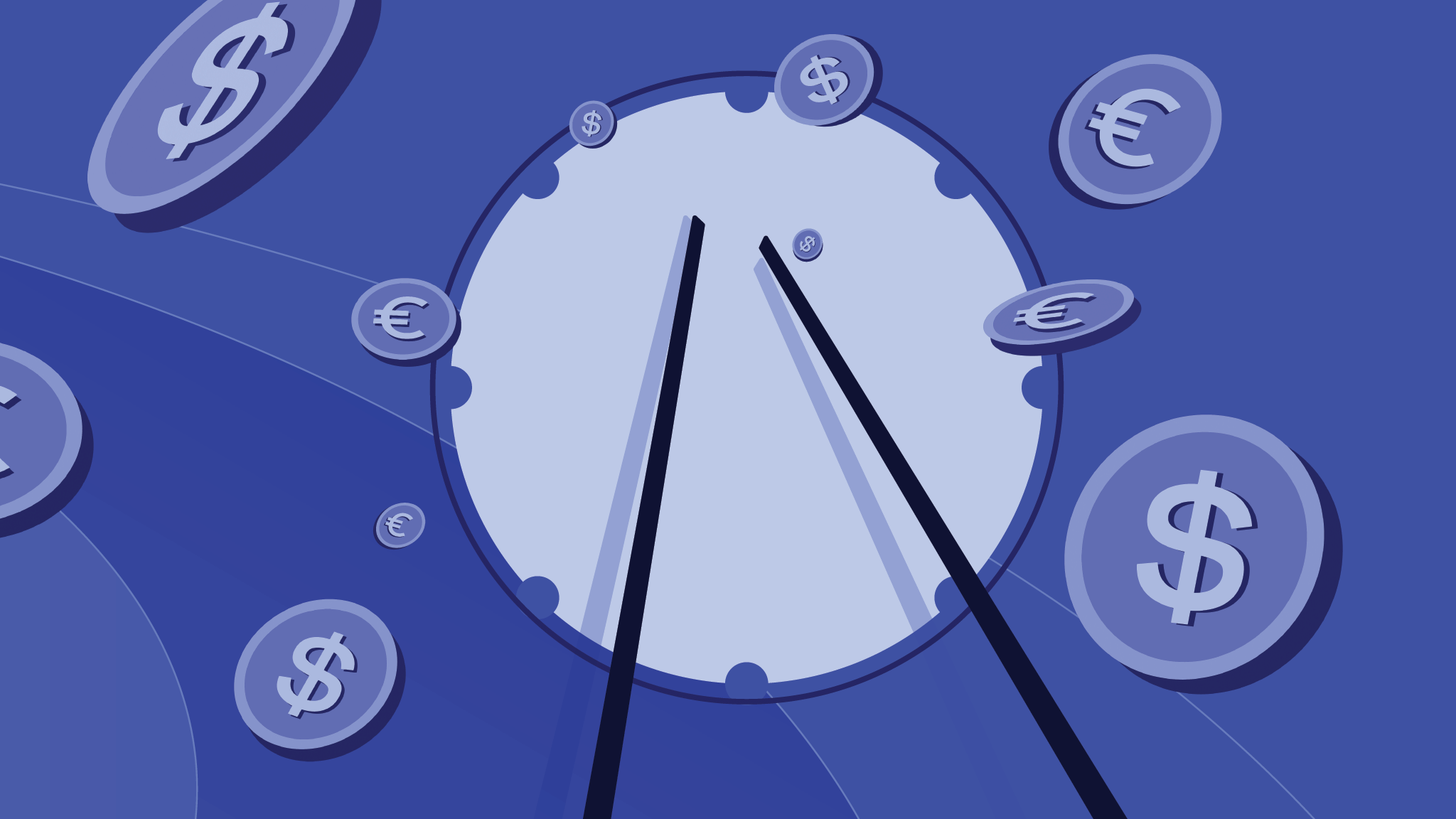
Inherently tilted toward value, the Research Affiliates Fundamental Index™ (RAFI™) weights constituents based on their economic significance and captures rebalancing alpha by contra-trading against cap-weighted indices’ largest holdings.
With negligible incremental risk, a RAFI Global Index hypothetically outperformed a Cap-Weighted Global Index by 40 bps per annum and a Cap-Weighted Global Value Index by 2.2% from 2007 to 2022—a 16-year period covering the long value rout and its aftermath.
From 2007 to 2022, RAFI outperformed cap-weighted Broad and Value indices in Emerging as well as Developed ex US markets.
In the 2010s, value stocks crashed, relative to growth stocks and to the broad cap-weighted market, but value companies continued to pay out dividends.
Please read our disclosures concurrent with this publication: https://www.researchaffiliates.com/legal/disclosures#investment-adviser-disclosure-and-disclaimers.



